Without MLOps, machine learning developers can’t quickly deploy, automate, and maintain large-scale machine learning models without encountering huge costs, delays in project implementation, and poor performance.
But if you’re powered by the right MLOps strategy, the sky will be just a stepping stone in propelling your AI and data science projects, whether within your organisation or for clients.
If you were like me 10 years ago, you might have heard the term “MLOps” floating around but don’t know what it actually means. In this article, we’ll break down MLOps and explore the tools, meaning, and future of this growing field.
We’ll start with a definition of MLOps: MLOps is the operationalisation of machine learning. Simply put, MLOps is the process of using machine learning to improve the efficiency and effectiveness of your data operations.
Next, we’ll explore the tools and technologies involved in MLOps. Some of the most popular tools include Azure DevOps and Azure Machine Learning.
Finally, we’ll discuss the future of MLOps and how it’s shaping the field of data science. Stay tuned for more information on this exciting field!
What Is Machine Learning Operations?
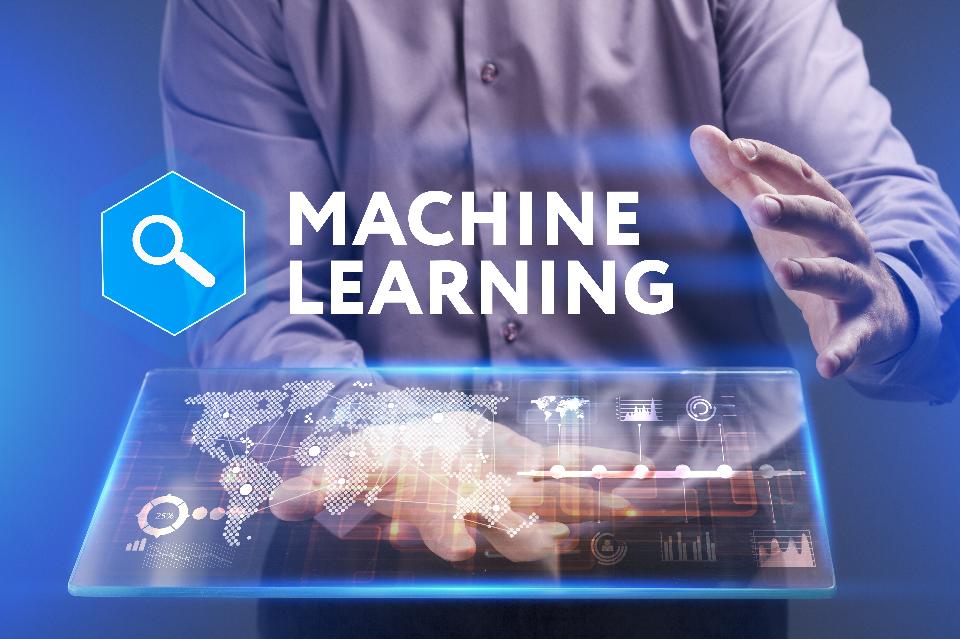
Machine Learning Operations is a way of deploying, automating and maintaining large-scale models to save time and cost.
You may have heard the term MLOps thrown around in the data science and machine learning community, but what does it mean to developers, organisations, and businesses?
Put simply, MLOps is a practice for collaboration between data scientists and ops professionals to help manage machine learning projects. This includes tracking experiments, organising information about model training, and standardising and automating the ML process.
By bringing these two groups together, MLOps helps to make the machine learning process smoother and more efficient. And as machine learning becomes increasingly popular, it’s going to be essential for businesses to implement MLOps in order to stay competitive.
What Are the Goals of MLOps?
You may be wondering what the goals of MLOps are. As a set of practices that help manage machine learning projects and get them into production, we need efficient machine learning operations to streamline and automate processes powered by ML.
Applying the best MLOps practices can help speed up the process of putting machine learning projects into production.
The primary goals of MLOps can be summarised in these 6 points:
- To unify the development and deployment of ML systems in order to standardise and streamline the process.
- To automate the process of putting machine learning projects into production.
- To help manage machine learning projects and get them into production faster.
- To increase collaboration between development and operations teams.
- To improve the quality of machine learning models.
MLOps can help with both the development and deployment of machine learning models. MLOps can help with automated testing and continuous integration in the development stage. This can help ensure that changes to the code don’t break the system and that new features can be integrated quickly.
In the deployment stage, MLOps can help with provisioning and monitoring. This can help ensure that the system is able to handle the load of incoming traffic and that any issues can be identified and fixed quickly.
Ultimately, the goal of MLOps is to make the process of developing and deploying machine learning systems more efficient. By automating some of the tasks involved and standardising the process, MLOps can help save time and resources.
What Are the Top 8 MLOps Tools and Platforms?
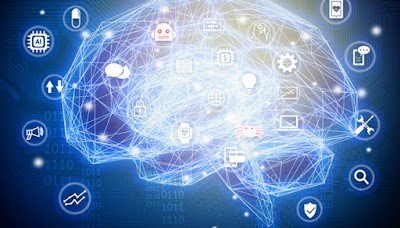
You might be wondering what tools are used in MLOps. Well, basically, anything and everything that helps manage machine learning models. This could include version control software, data management tools, chat applications, and anything else that helps keep track of what’s happening.
There are a few different MLOps platforms on the market, but the best one for your needs depends on your goal.
The top 8 MLOps tools and platforms popularly used include:
- Amazon SageMaker
- Domino Data Lab
- Valohai
- Iguazio
- H2O MLOps
- MLflow
- Neptune.ai
- Cloudera Data Platform
These MLOps tools do a variety of tasks for an ML team based on your project objectives. But while some MLOps tools specialise in one core area, other tools offer multiple usabilities that can manage several aspects of the ML lifecycle.
The Main Features of Most MLOps Tools
When selecting an MLOps tool for your organization, it’s important to see what features the tool offers in these key categories:
- Open- vs closed-source: There’s no right or wrong format for an MLOps tool, but open-source and closed-source tools offer different benefits. Open-source solutions often offer free versions that can easily integrate with other MLOps tools. However, they can be more difficult to configure if your team has fewer developers.
- Platform vs specific tools: Some MLOps solutions come in a platform format that addresses several components of ML model lifecycle management. Other tools provide more focused support for a specific step in the ML development process.
- Model and production environment monitoring: Model and environment monitoring ensure that production bugs are documented and addressed, but can also help MLOps teams to catch things like security and compliance concerns.
- Model templating and cataloging: Once a strong model has been created, many teams want to duplicate and scale that model several times over. Tools that offer templates for these models, as well as those that make it easy to find templates through catalogs, are favorites among MLOps teams.
- Model training, tuning, and drift management: Models need to be trained not only during the initial build and deployment but also as data and the algorithm needs to change over time. Many MLOps solutions offer automated training and model tweaks.
- Pipeline management: Pipelines can automate different MLOps steps in coding, data management, and model building. Look for tools that help teams to manage that pipeline. Some even automatically trigger updated builds in these core areas when a change occurs.
- Collaboration and communication capabilities: Does this tool offer an embedded communication tool or ways to document comments, questions, and other notes on models? If not, look for a tool that can integrate well with existing team communication and collaboration tools, like Slack.
Making Machine Learning Work for You with MLOps

Machine Learning Operations present immense opportunities for people and businesses.
It can be tough to make machine learning work for your business. You have to have the data, know how to use it and need the right tools and infrastructure in place.
But with MLOps, you can make it a lot easier on yourself. MLOps is about bringing machine learning into your organisation in a way that makes it manageable and straightforward. It’s about creating a process you can follow so that you’re always making progress and never feeling overwhelmed.
MLOps is all about creating a pipeline for your data. As a machine learning developer, you need to clearly understand where your data is coming from, where it’s going, and what you’re doing with it along the way. That makes MLOps so powerful because it gives you control over your data, so you can use it however you want.
From Data to Insights: The Role of MLOps in Machine Learning
Now that you want to start implementing MLOps in your business? You’ve just made a great decision! But where do you start?
Well, the first step is understanding the role of MLOps in the data science process. MLOps helps transform and refine your data from raw forms to valuable, actionable insights, a critical part of the machine learning process.
But what does that mean in practical terms? It means that MLOps is responsible for taking data from all sources, internal and external, and preparing it for analysis. It also includes managing the workflows and algorithms used in machine learning and deploying and monitoring the models created.
In other words, MLOps is responsible for everything from data acquisition to model deployment. To ensure your machine learning projects succeed, you must have a tested and trusted MLOps strategy.
Automating the Machine Learning Lifecycle with MLOps
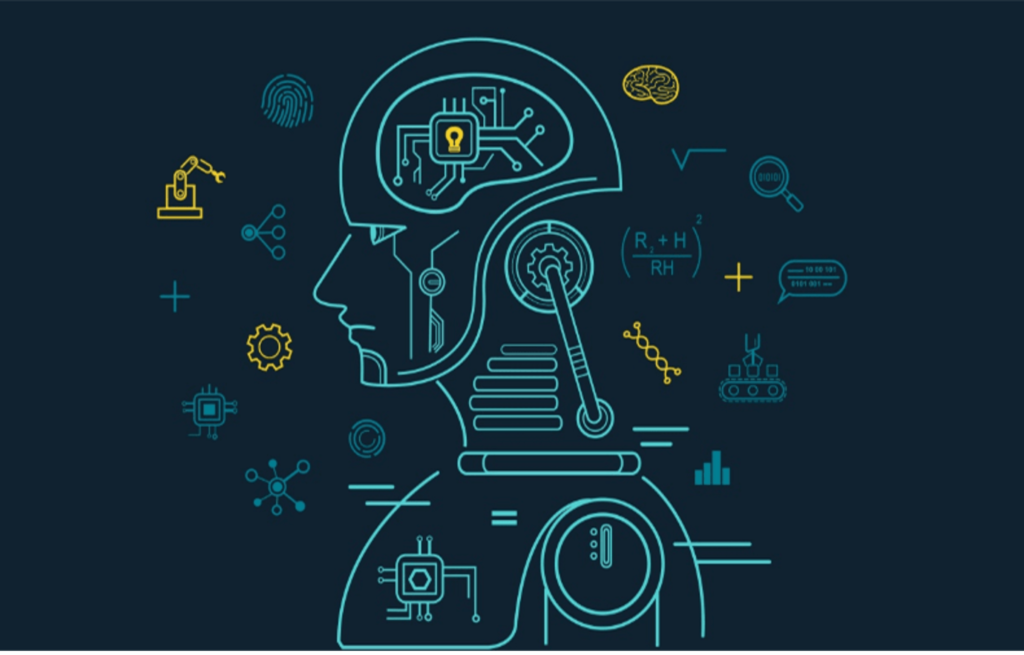
So, what exactly is MLOps in the context of decision-making? It’s the practice of automating and standardising your Machine Learning workflows across your organisation. By doing this, you can help speed up the process of building and deploying machine learning models.
But that’s just the beginning. MLOps can also help you manage your data pipeline, optimise your resources, and ensure that your models are always up to date. In other words, it can help you automate the entire Machine Learning lifecycle.
That’s why more and more organisations are turning to MLOps as a way to improve their data science workflow. And as machine learning continues to grow, MLOps will only become more indispensable for organisations that handle massive machine learning projects.
What Are the Benefits of MLOps?
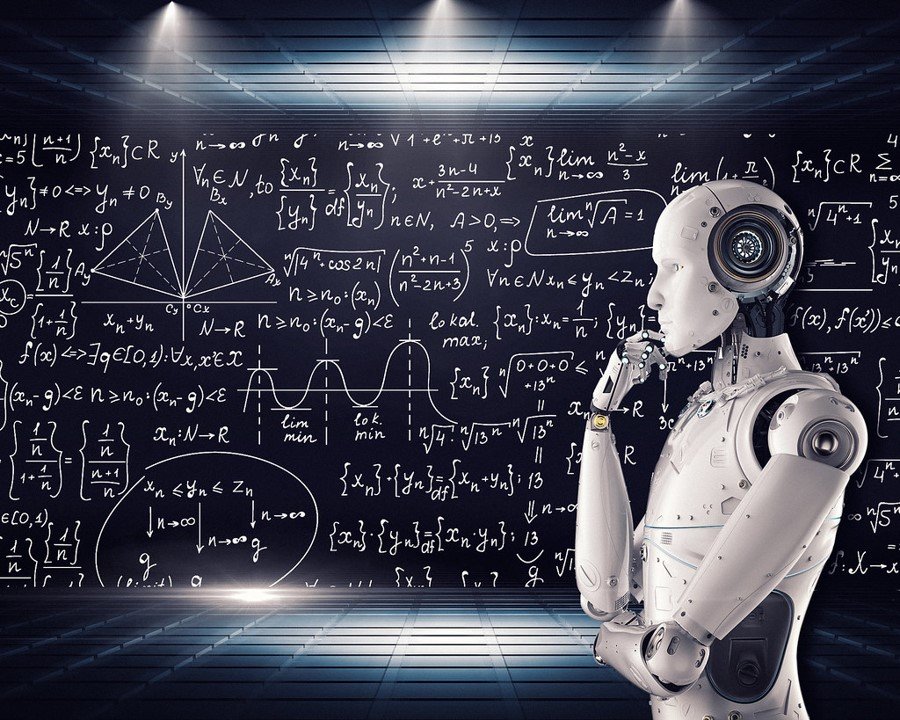
Imagine if you could take all of the benefits of machine learning and data engineering and combine them with the speed and efficiency of DevOps. That’s what MLOps is all about.
This approach to machine learning is designed to make it easy for businesses to transition from running a couple of ML models manually to using ML models in the entire company operation. The platform allows enterprises to leverage existing cloud infrastructure using data scientists and machine learning engineers.
That’s why many businesses are starting to adopt MLOps. It’s a way to get the most out of your data while still keeping things running smoothly.
What Are the Challenges of MLOps?
So, what are the challenges of MLOps? As mentioned earlier, many ML endeavours fail due to deployment, automation, reproducibility, and diagnostics difficulties. But with the help of MLOps, you can overcome these difficulties and enable your enterprise to bet big on machine learning.
- Complexity: Machine learning is a complex process, and it can be difficult to automate all the steps involved.
- Data Quality: For machine learning models to be effective, they need high-quality data. Unfortunately, data quality is often an issue, and it can be challenging to clean and prepare data for use in machine learning models.
- Data Governance: Data governance is another complex issue that needs to be considered when working with machine learning. Enterprises need to be able to control and manage their data, and numerous regulations must be followed.
- Algorithm development: Developing algorithms is vital to machine learning and automating this process can be very tough.
- Infrastructure: Setting up the infrastructure needed for machine learning can be complex and expensive.
- Integration: Integrating machine learning into existing systems can be difficult.
- Security: Security is a primary concern when working with machine learning, as sensitive data is often involved.
Becoming MLOps Engineer

So, you want to become an MLOps Engineer? Well, let’s get started. MLOps is the combination of DevOps and machine learning that enables the production of machine learning models. This means you need to have a solid understanding of DevOps and machine learning.
MLOps includes lifecycle tracking, reusable infrastructure, and other tools and processes. As an MLOps engineer, you need to be familiar with these concepts to ensure that the models you produce are high quality and can be deployed into production quickly and easily.
MLOps is a growing field with many job openings. If you want to be successful in this field, you need to have a solid technical background and be able to work well in a team environment.
What MLOps Certification Do I Need?
To practice as an MLOps specialist, you need to possess relevant experiences in machine learning and related fields with recognised certifications from reputable authorities. You may wonder what certifications to pursue and where to acquire them.
Google Cloud has just announced a certification program for machine learning engineers. This may be the best route for you if you want to become an expert in this field. But if you’re starting, don’t worry at all. There are other ways to learn about MLOps, and you can contact Dr Stylianos Kampakis now for a free consultation to learn more.
MLOps is a relatively new field focused on automating and streamlining the process of developing, deploying, and maintaining machine learning models. If you’re interested in diving into this world, Azure DevOps and Azure Machine Learning Documentation are great resources to get started.
What’s Next?
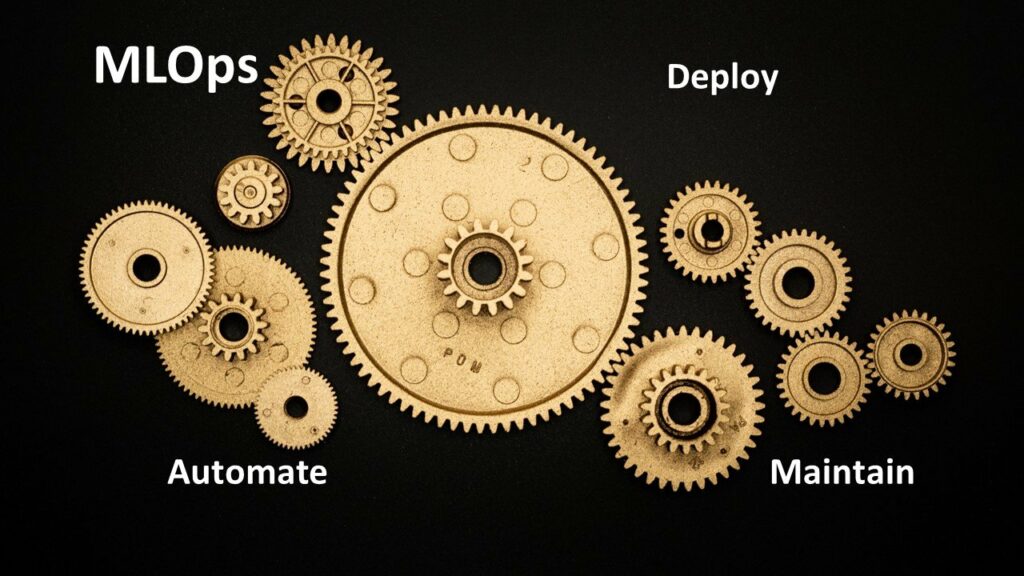
As you can see, MLOps is a vital part of the machine learning process. It ensures that your models are reliable and effective and helps you keep track of your data science pipeline.
MLOps is a core part of AI engineering and helps to boost the productivity of data scientists and ML engineers. Suppose you’re interested in learning more about MLOps. In that case, our hands-on courses, practical training, consultations and framework in AI, ML, Data Science and Blockchain can help propel you in your career or business.
If you’re interested in learning more about MLOps or looking for tools and resources to help you with your machine learning projects, don’t hesitate to contact The Data Scientist. We offer courses, tutorials, and professional development services that will help you get the most out of data science and machine learning.

